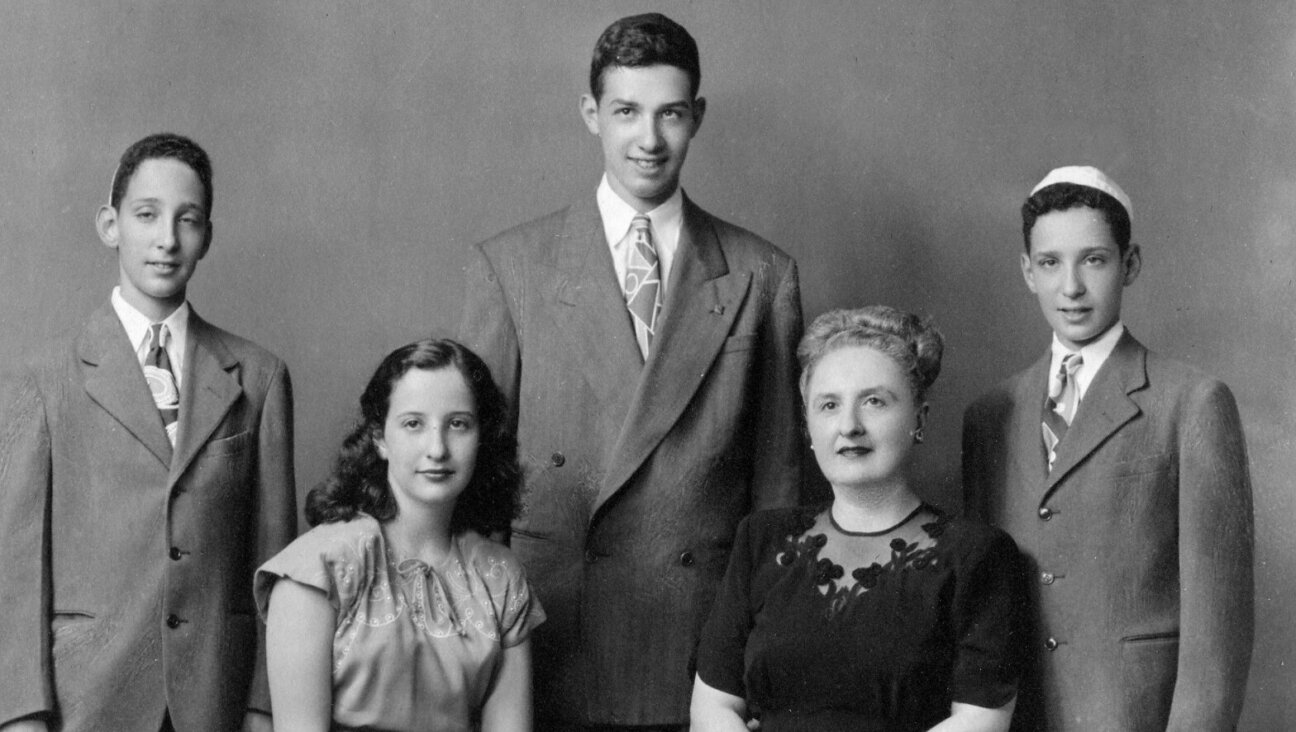Yid.Dish: Charoset for Building the Pyramids
Growing up, I always understood Charoset to be symbolic of the mortar used by the Israelites enslaved by Pharaoh in their building projects. The myth of the Israelites building the pyramids, using mortar which we recall on the seder plate, seems to have made a deep impression on me because when I see Mia Rut’s Charoset something just doesn’t seem right. Her (delicious) Charoset has the wrong texture – cookies can’t possibly be Charoset! despite having the same ingredients. So, if my family’s Charoset is like mortar, is hers more like brick?
With permission from my father, Mark Hurvitz, I share this Charoset recipe. He says “I make a lot of Charoset. We eat it throughout the week. We spread it on Matzah and share it with friends. You can freeze some and, after Pesach, spread it on filo dough to make strudel.”
1992 ingredients:
Walnuts 16 oz.
Pecans 6 oz.
Coconut 7 oz.
Red Delicious Apples 2
Green Granny Smith Apples 2
Navel Oranges (whole) 2
Banana 1
Mango 1
Papaya 1
Dates a handful (soaked in sweet wine)
Dried Apricots a handful (soaked in sweet wine)
Fresh Ginger Root, about a cubic inch
Grind all ingredients separately in a food processor. The nuts should be as close to a powder as possible without becoming “butter.” Roll up your sleeves and mix it all together in a large bag. Remember, it’s supposed to remind us of the mortar used in building; it should have a smooth texture.
From A Growing Haggadah, our family’s Haggadah:
Charoset is a smooth mixture of various chopped fruits including apples, and nuts, as well as wine and spices. It represents the mixture of clay and straw from which the ancient Israelites made the mortar during their bondage. It also (so the story goes) calls to mind the women of Israel who bore their children in secret beneath the apple trees of Egypt (One problem with this explanation is that the apple may not have been known in Egypt at that time), and, like the apple tree that first produces fruit and then sprouts leaves to protect the fruit, our heroic mothers first bore children without any assurance of security or safety. This beautiful and militant devotion sweetened the misery of slavery, even as we dip our bitter herbs in Charoset. The pattern of our celebration is the mixture of the bitter and the sweet, sadness and joy, of tales of shame that end in praise.
And when we see the tragedies of our own time, we sweeten this bitter taste with the thought of the liberation that is yet to come.
Hillel, a rabbi who lived during the first century of the Common Era, invented the sandwich. This sandwich is his foundation of the Seder, a concentrated version of the three symbols Rabban Gamliel stressed according to the biblical command: “Together with unleavened bread and bitter herbs they shall eat the paschal lamb (the last replaced by the Charoset).”
A message from our Publisher & CEO Rachel Fishman Feddersen

I hope you appreciated this article. Before you go, I’d like to ask you to please support the Forward’s award-winning, nonprofit journalism during this critical time.
We’ve set a goal to raise $260,000 by December 31. That’s an ambitious goal, but one that will give us the resources we need to invest in the high quality news, opinion, analysis and cultural coverage that isn’t available anywhere else.
If you feel inspired to make an impact, now is the time to give something back. Join us as a member at your most generous level.
— Rachel Fishman Feddersen, Publisher and CEO























